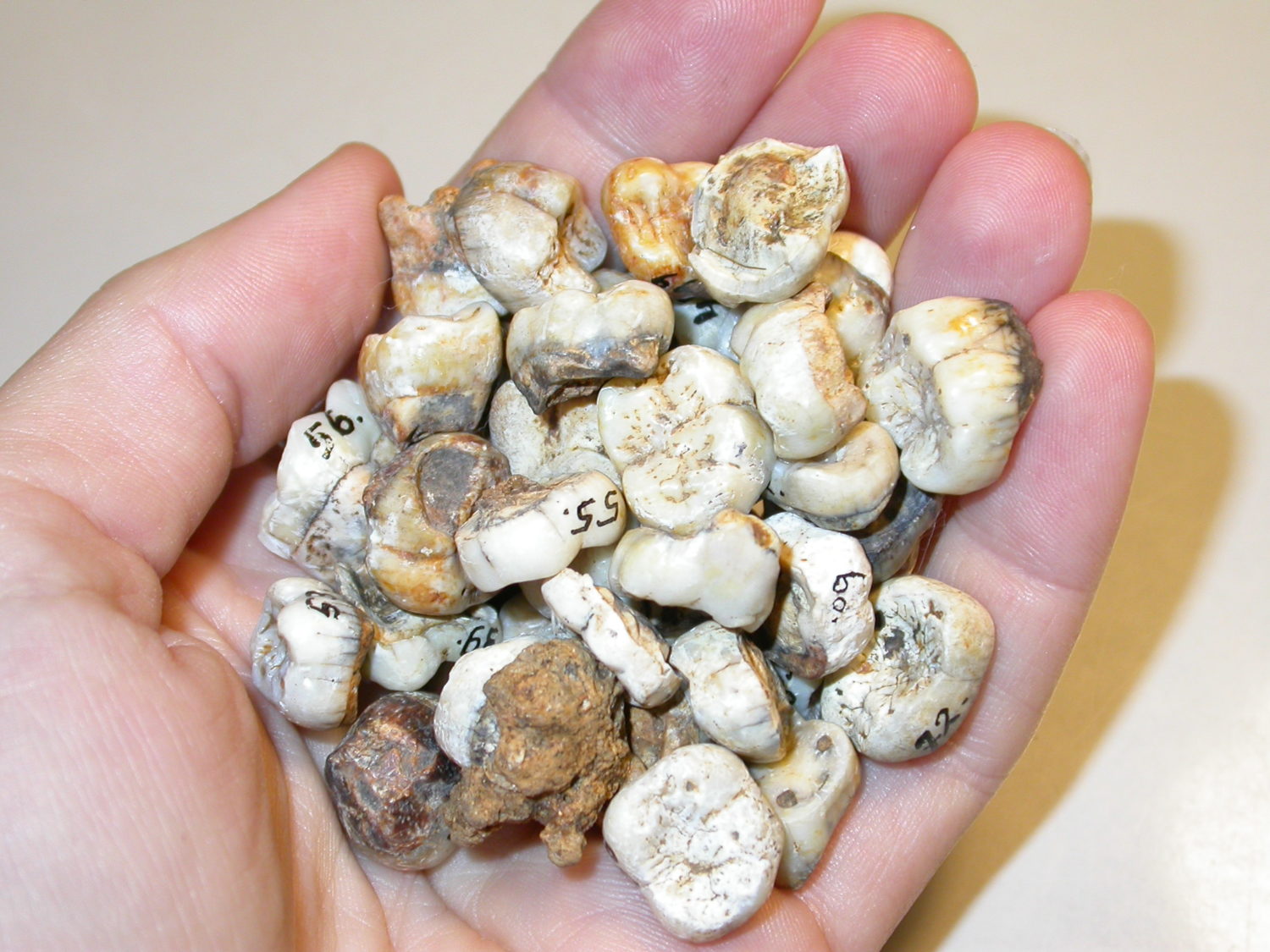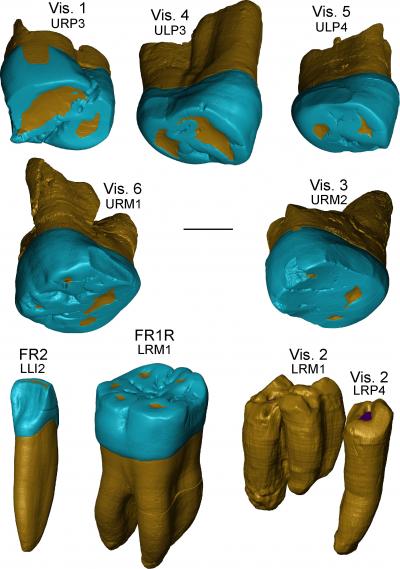Grantee Spotlight: Giulia Gallo
Grantee Spotlight Did all Neanderthals need or use fire? Giulia Gallo is a PhD candidate at UC Davis whose research is focused on Neanderthal fire use and maintenance. Her Leakey Foundation-supported project will help us to understand the different ways Neanderthals used fire.






